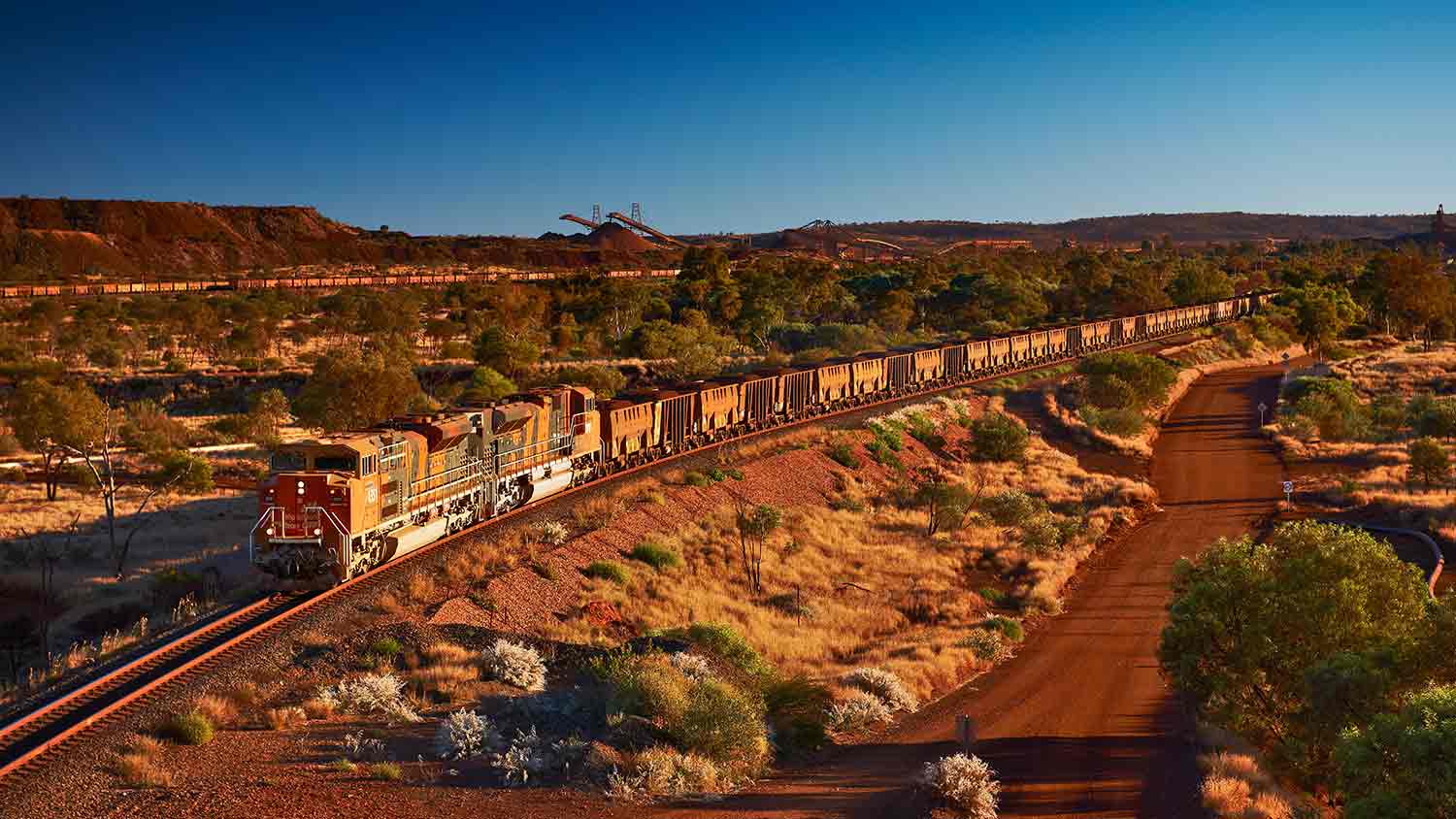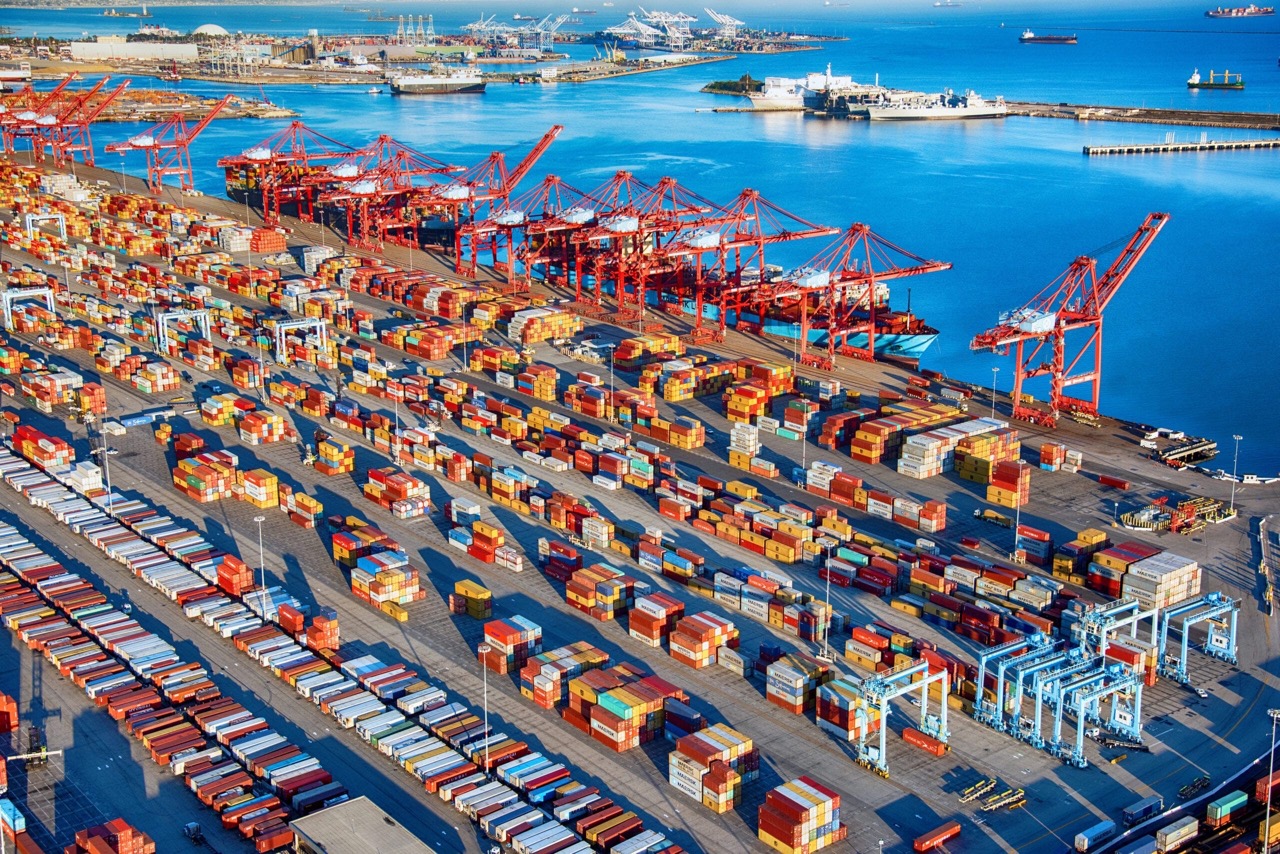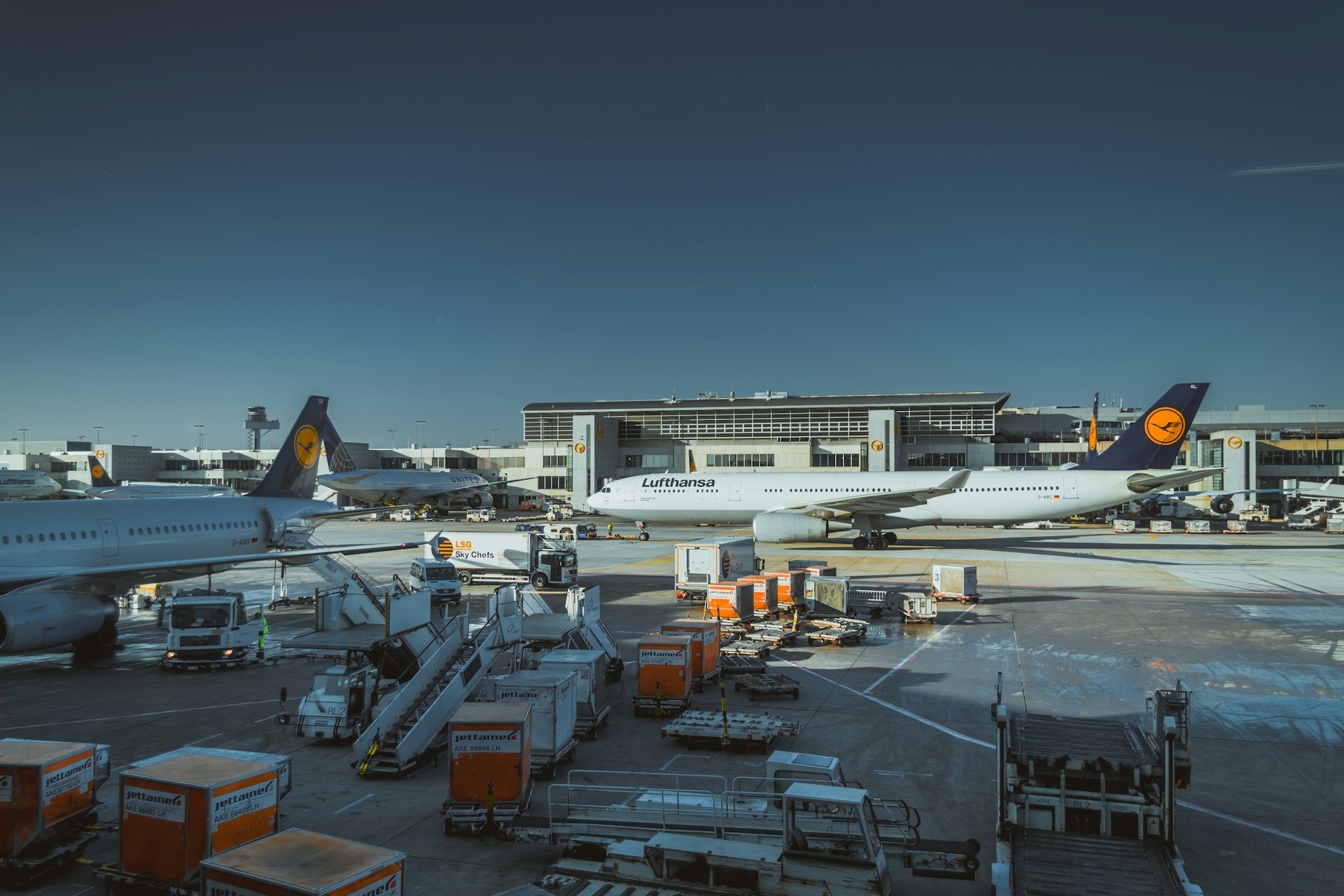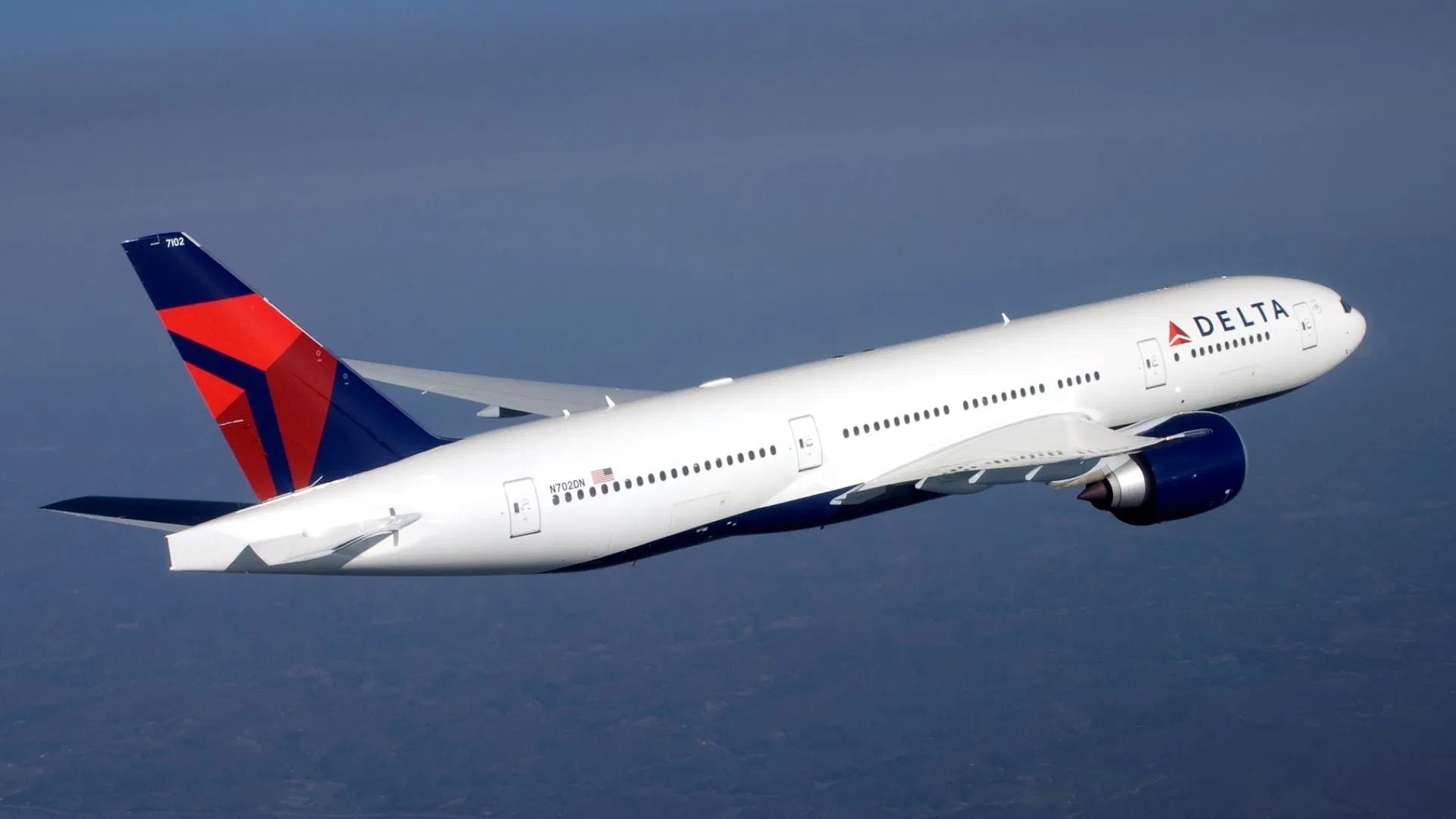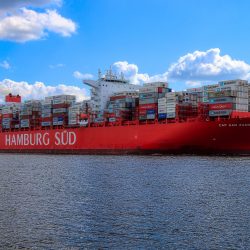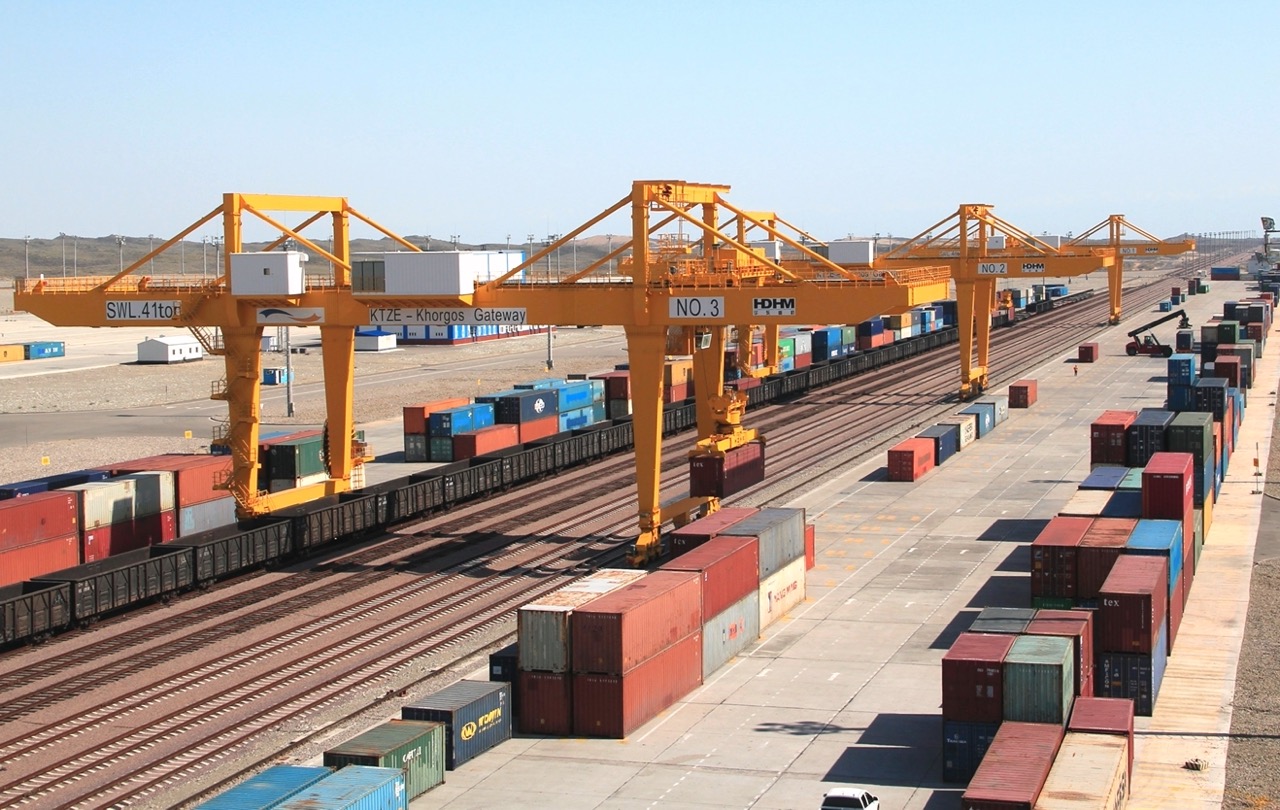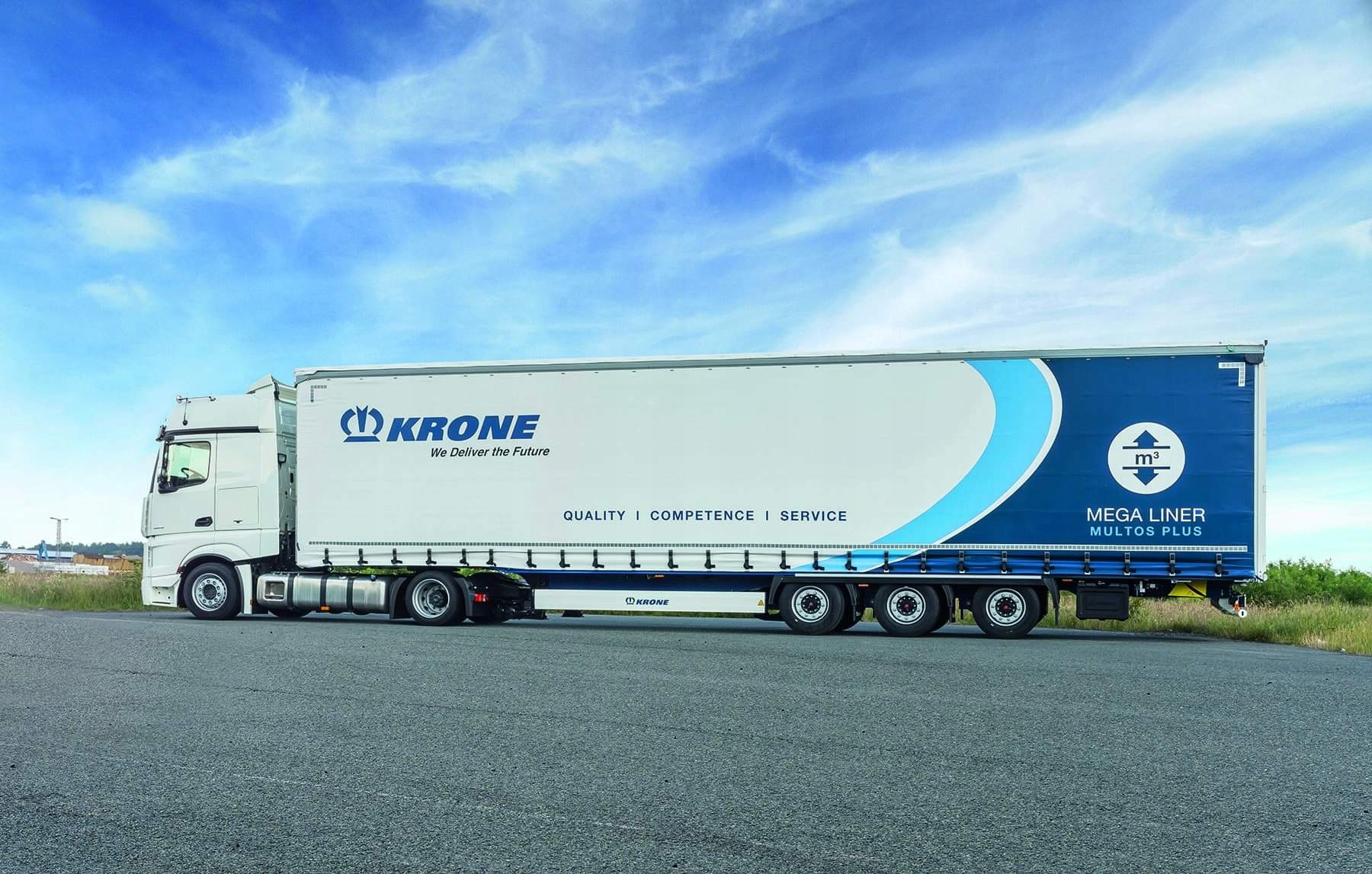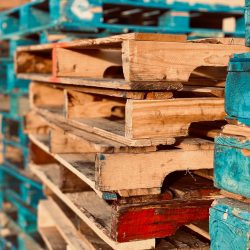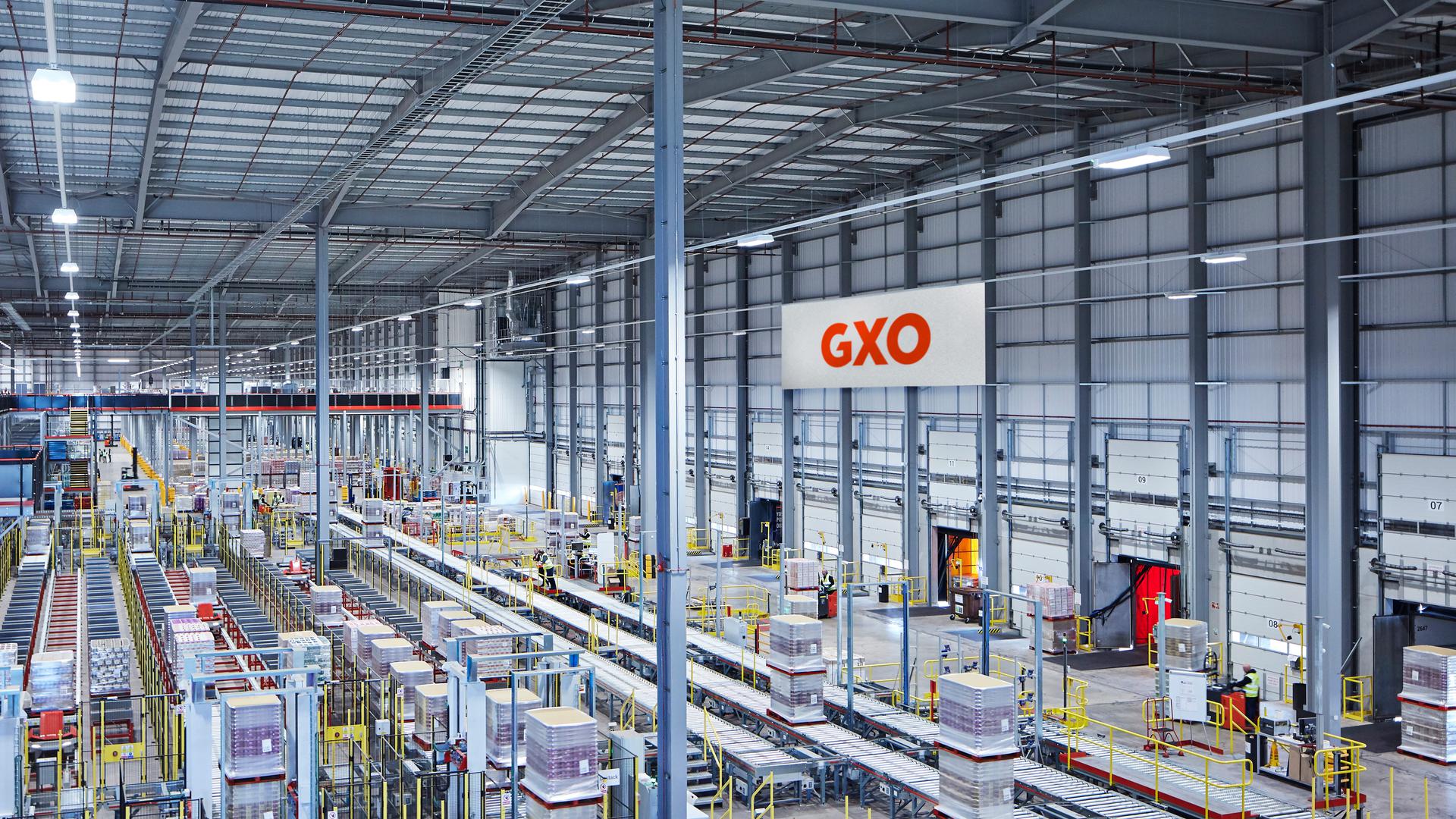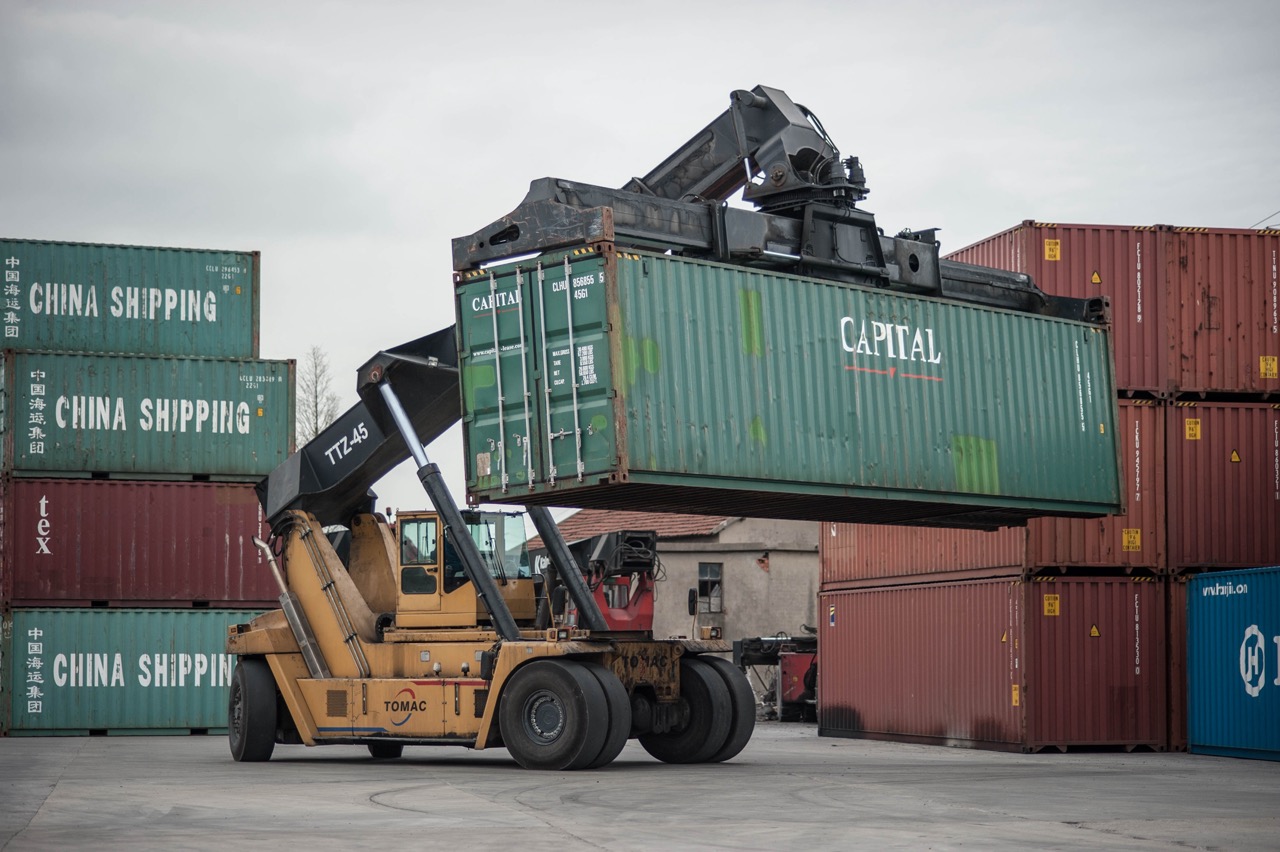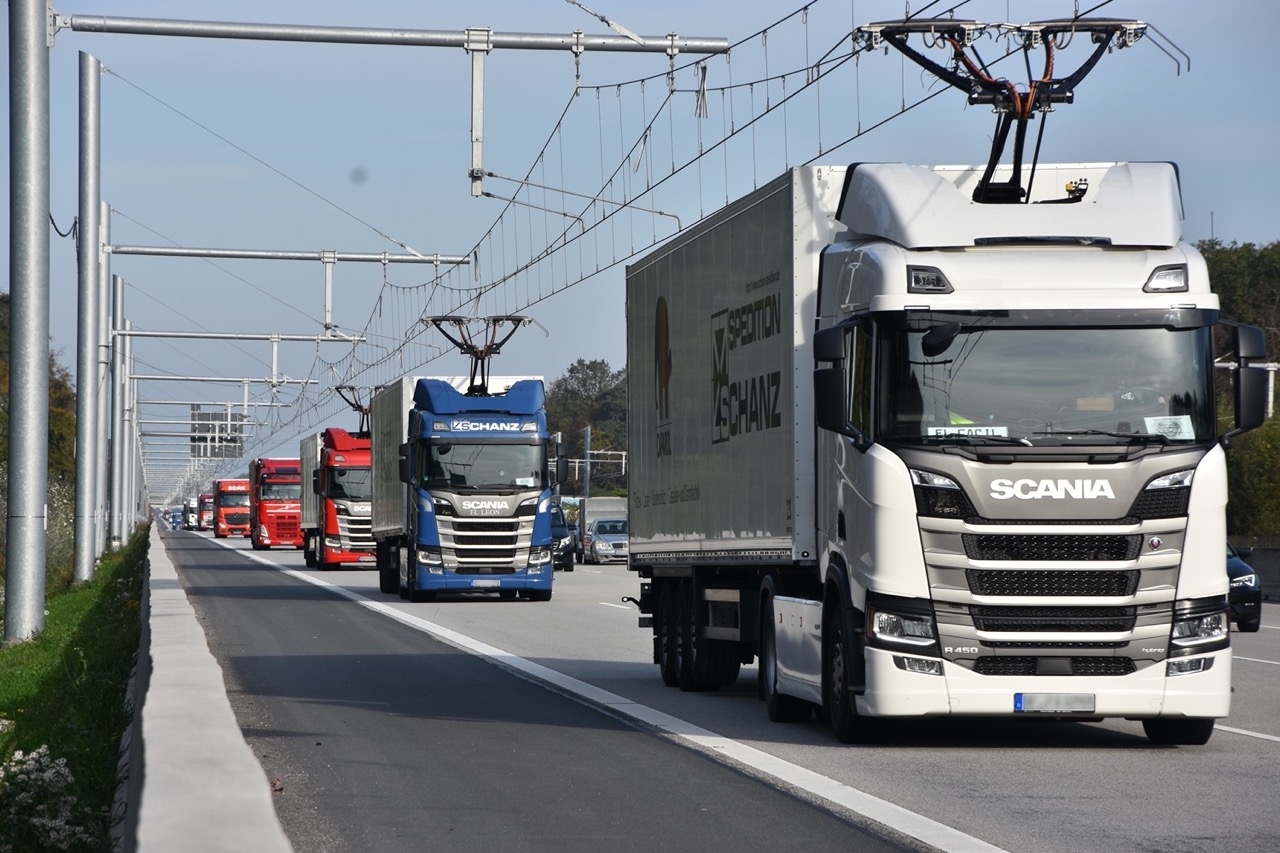Wagga Wagga residents do not want freight trains to pass through their town
Australian government is implementing a programme to modernise rail services. Part of this programme will be the construction of Inland Rail. The railway will connect the cities of Melbourne and Brisbane and will allow freight trains up to 3.6 kilometres long.
Local response
The line will run through most New South Wales, crossing many counties and regional centres. This has caused concern among residents of the community of Wagga Wagga. They believe large trains could bring traffic to a standstill at level crossings, with negative consequences. One example cited by opponents is that ambulances will not be able to reach patients in time. The public also fears an increase in the number of collisions between trains and cars on the railway. Alternatively, the local council proposes building a bypass that will not split the town.
The Australian Railways Corporation says the project will improve road safety. The new railway should bring both economic and environmental benefits to the country. The project will create 770 new jobs on the Albury-Illabaugh section alone. The upgraded rail line will also significantly improve the bridge quality in Wagga Wagga.
In addition, the project company is working with the local community to reduce the stigma associated with inland rail. Meanwhile, emergency services in Wagga Wagga have said they will monitor service levels once the service is operational.
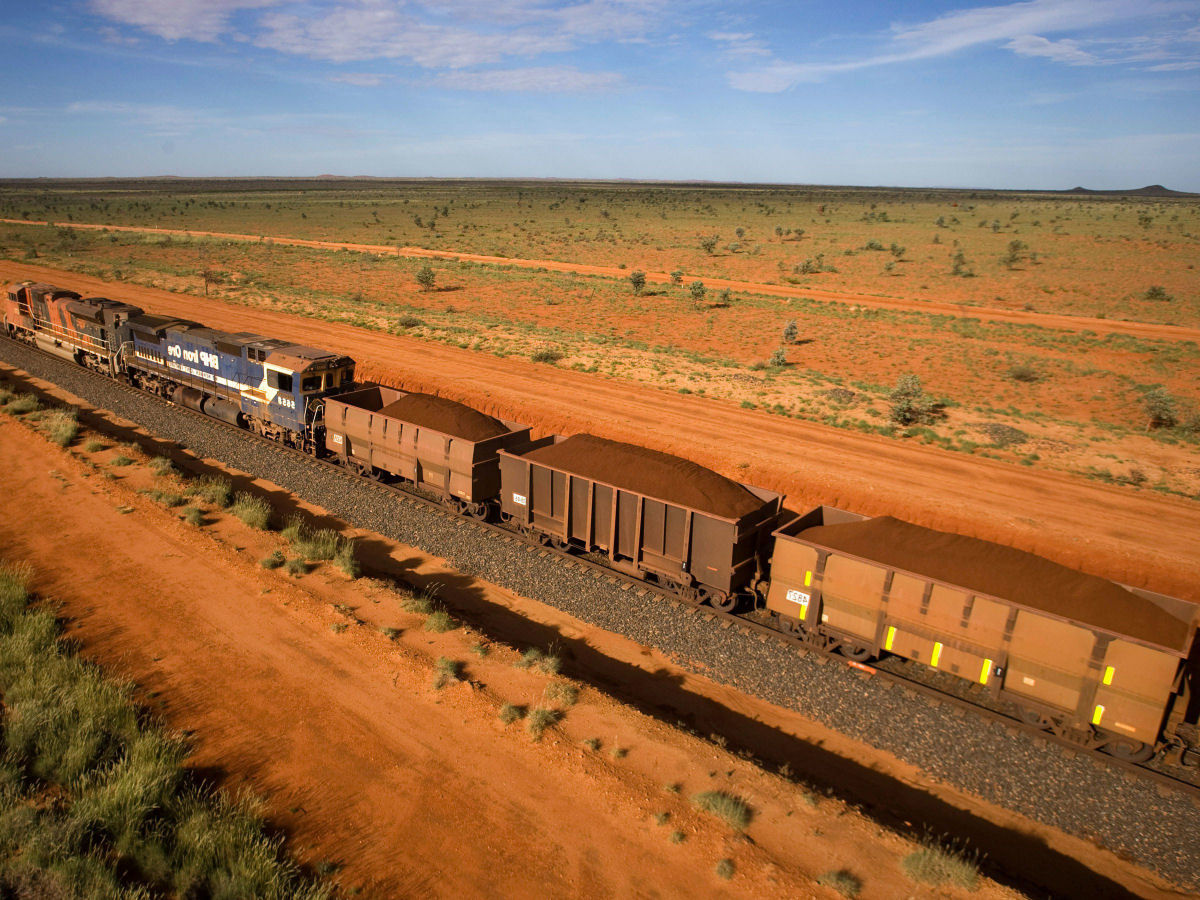
Details of the Inland Rail implementation
By 2040, freight trains will pass through the city 18 times a day. At the same time, traffic through the neighbouring town of Juni will increase to 20 trains per day (day and night).
The implementation of the project will involve several significant works, including:
- the bridges connecting the northern and southern parts of Wagga Wagga will be rebuilt;
- the changes will allow trains up to 6.5 metres high and 1.8 to 3.6 kilometres long;
- on some sections of the railway, bridges will be lowered to accommodate different types of trains.
The movement of freight trains on the Inland Rail will cause inconvenience to the residents of 1,200 houses and the pupils of 8 schools. These buildings are close to the railway, and the traffic will generate excessive noise 24 hours a day. On the other hand, the railway company has stated that they have taken measures to mitigate the negative impact on residents.
It is worth noting that the project received its first funding in 2017. However, in April 2023, an independent audit revealed that the estimated work cost had already exceeded US$31 billion. Moreover, the final cost of the Inland Rail is still undetermined.

